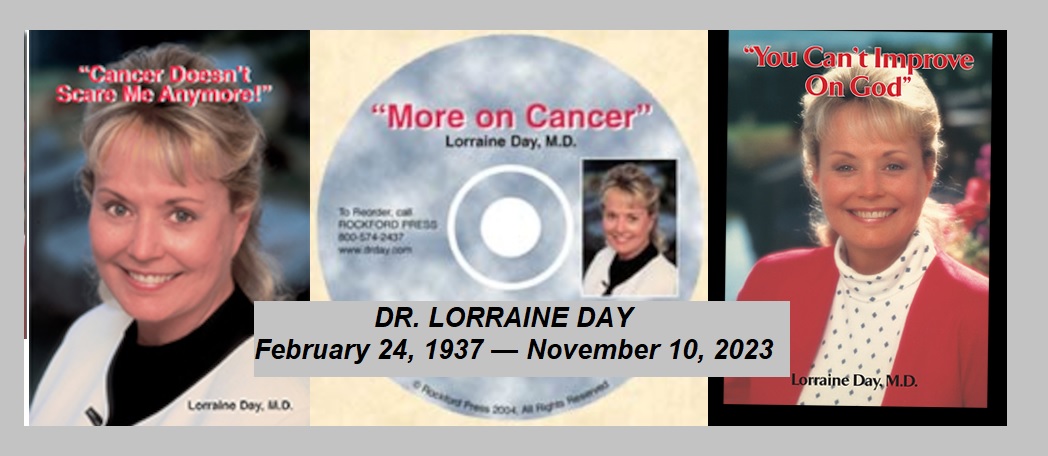NOTE FROM DR. TRACY:
them instead to take him off the Prozac.
Disease and antidepressants.
Utah No. 2 in nation for Alzheimer’s
By
Carrie A. Moore
Deseret
News
Saturday, Dec. 26, 2009 12:03 a.m. MST
Memories of the year his parents hid a Red Ryder
BB gun behind the Christmas tree come easily to John Stone.
In fact, he can even recount the exact number of
BB cartons he emptied before his parents woke up that frosty morning in
Lewiston, Idaho.
But at 71, John forgets what he had for breakfast today.
His mind can’t hold a current thought long enough to retrieve hot dog buns at the grocery store. Or to remember which key does what on the computer. Or that a dear friend he spoke with at church isn’t a
new acquaintance.
John is one of 30,000 Utahns who have Alzheimer’s disease, the second highest incidence in the nation, according to the 2009 Alzheimer’s Association Disease Facts and Futures report. That is
likely due to the fact that Utahns live longer, and it plays into projections
that during the next decade, the Intermountain West will see the nation‘s
greatest increase in Alzheimer’s patients, the report said.
For John Stone, Alzheimer’s disease has stolen the present while preserving the past. So as his wife, Judy, wrote the annual Christmas letter last month, she decided it wouldn’t be real without a paragraph telling extended family and friends about her Parkinson’s disease and John’s
Alzheimer’s — a decision he agreed to but likely doesn’t remember.
Not the kind of happy news they had been used to
sharing over the years. “Coming out of the closet,” as Judy put it, was
difficult because “the last thing I wanted was for people to feel sorry for us.
… It was just time to tell people what’s going on in our lives.”
In a society where the most lurid details of
celebrities’ lives are updated daily in the media, there is still something of a
social taboo about Alzheimer’s. What will people think? How will they react? Or
not?
People 65 and older have a 1 in 8 chance of acquiring Alzheimer’s, and those who live to 85 have a 47 percent chance of developing the disease. And Utahns who do so “tend to stay here. They don’t move
to Florida,” like they do in so many other states, according to Nick Zullo,
program director at the Alzheimer’s Association of Utah.
Judy Stone has become part of those statistics, as one of more than 90,000 family caregivers statewide. As she plans the family Christmas party, she knows John will enjoy the celebration. He just won’t remember much, if any, of it.
At 63, Judy wasn’t yet ready to retire from teaching English at Skyline High School after her own diagnosis a few years ago, though it got to the point “I couldn’t read my own handwriting.”
John’s diagnosis earlier this year made the decision about whether she should retire.
Both had teaching careers they loved, built a life around their children and saw a future very different from the one that faces them. “It’s crazy that we both have a neurological disease,” and while
some treatments are available, neither condition has a cure.
Judy says the thought of losing motor control is
daunting, but the loss of memory seems overwhelming at times.
A former building contractor who found a second
career as a teacher for the disabled, John “knows what’s happening to him,” Judy
says. Though he “works hard to please me and do the things that need doing
around the house” like folding laundry and unloading the dishwasher, “I think he
feels like he can’t do anything anymore. He’s lost his confidence.”
To keep them both as active as possible, one of their daughters has created “John and Judy’s Medical Book,” a three-ring binder that organizes information about all their medications and possible side
effects, list of bills and other items that need regular attention, as well as
summaries of past doctors’ visits to help them track the progression of both
their conditions.
It also contains a daily schedule, laid out hour by hour, which Judy calls “invaluable” at helping them create a daily routine that includes exercise, healthy eating, social activities and cognitive mind
games. TV is limited to a hour or two after dinner, and bedtime comes early.
While the routine has helped give purpose that can often evaporate along with memory, Judy knows things will likely have to be adjusted over time as their abilities change. She’s learned to be both
optimistic — and realistic — about the future.
“Life goes on. It’s not totally bad, and it can be good at times. I think there always has to be a silver lining. Maybe if it brings us closer together, that’s the silver lining,” she says, eyeing the
brightly lit tree and an antique Christmas stocking on the fireplace that
belonged to John’s father, who also died of Alzheimer’s.
As for how this Christmas — and the next one, and the next — will mark the changes ahead as they age, “who knows?” she says. “We just have to focus on turning lemons into lemonade.”
Every minute. Every hour. Every day.
e-mail: carrie@desnews.com
Deseret News Publishing Company | All rights
reserved



